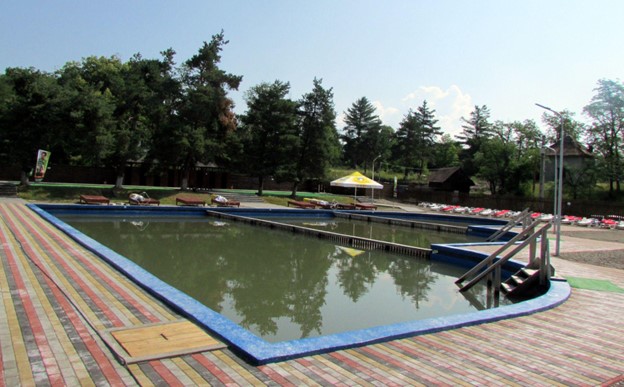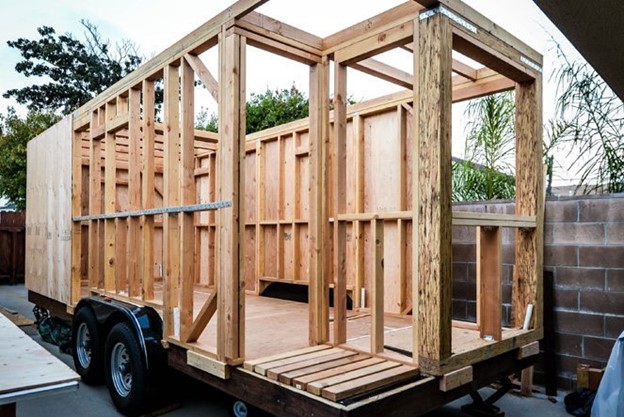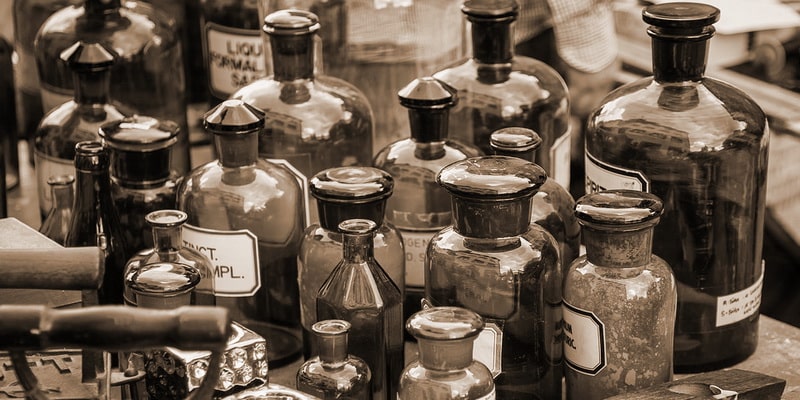Distracting, healing, relaxing and recharging at the same time: the salt water baths in Mureş County are a must-see tourist destination in the summer season! There are several settlements in the county where you can find salt water baths, some of them are mostly used only by the locals.
Let’s start with the most popular destination: Sovata. The main attraction of Sovata is the world-famous Bear Lake, a heliothermal lake with salt water and a beach. The lakeside treatment center has been operating as a spa since 1928. There are five other, smaller salt water lakes in Sovata: Lake Mogyorósi, Lake Vörös, Lake Zöld, Lake Fekete and Lake Rigó. The salt water baths in Sovata are used mostly for the treatment of gynecological and infertility problems and rheuma.
The Transylvanian salt lakes formed on ancient halite (NaCl) deposits following natural processes or quarrying activities. Most of these lakes are located in the Sovata area, have small surfaces (0.1-4 ha), variable depths (2-100 m), are hypersaline (>10%) and permanently stratified. As a consequence of steady salinity/density gradient, heat entrapment below the surface layer (i.e., heliothermy) develops in several Transylvanian lakes – wrote a research group in 2017.
A salt block can also be found underground also in the Monosfalu – Marosvécs – Görgényszentimre – Köhér – Nyárádremete area, and this whole region is very rich in salt water springs and baths. How did these saline springs develop? Once upon a time a sea covered the Transylvanian Basin, a shallow, inland sea, which had no connection with the surrounding seas and oceans. Subsequent tectonic movements, human activities (eg. mining, well drilling) or other influences in the area have caused saline springs in many places. There are salt wells in many villages in the area; some contain sulfates and carbonated compounds in addition to table salt.
Now we present three salt water baths from Mures County, maybe less popular than Sovata, but – at least two of them – also offer high quality treatment. The Apollo Wellness Club is a private beach, spa and hotel in Maroszentgyörgy, near Târgu Mureş. The 24-hectare leisure center features outdoor saltwater and freshwater pools, children’s pool and other services. Due to its high iodine concentration, this salt bath is mainly recommended for diseases of the nervous system, urinary tract, locomotor system and hypothyroidism.
In the Reghin area you shouldn’t miss the Alsóidecs salt water bath, which is operated by the local administration of the village. This salt water bath is a quiet place to relax, the pools, fed by salt springs with a water rich in calcium, fluorine, iodine, bromine, iron, magnesium and sulfur, have different depths, maximum of 1.6 m. The salt water and mineral mud are recommended by experts for the treatment of rheumatic, gynecological and respiratory diseases.
The third salt water bath is currently not functioning. Görgénysóakna in the 19. century was very popular among the local aristocrats, but nowadays it is in a very bad condition, and it is for sale, waiting for better days.
When visiting the salt water baths, we can take the opportunity to visit the UNESCO Heritage Sites in Mureş. One of the most famous such sites is the Sighisoara Castle, which has been a UNESCO World Heritage Site since 1999. At the same time, few people know, but seven villages with fortified churches from southern Transylvania also have been included on the list of UNESCO sites, because they represent a settlement pattern that has remained unchanged since the Middle Ages.
All 7 of these villages have fortified churches built between the 13th and 16th centuries. One of these villages is situated in Mures County: Szászkézd. The Lutheran church in Szászkézd was built between 1493 and 1497 and began to be fortified in the 1520s, but its defensive walls were demolished in the 19th century.
Also you can visit the impressive ruins of an old peasant fortress on a hill near the village. This fortress was built after 1347 and served as a refuge for the inhabitants of the surrounding villages. It was surrounded by a triple wall ring, its walls were 9-10 meters high, and it was protected by six four-story towers. It was still intact in the early 20th century.
Romania has a total of 9 UNESCO World Heritage Sites so far. Mureş County occupies a special place in the country, as there are two World Heritage Sites to visit! On the Visitmures website you can get more information about the legendary places of Mureş County and get more tips about places to visit!







